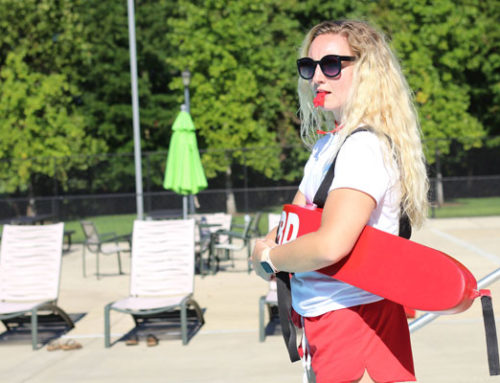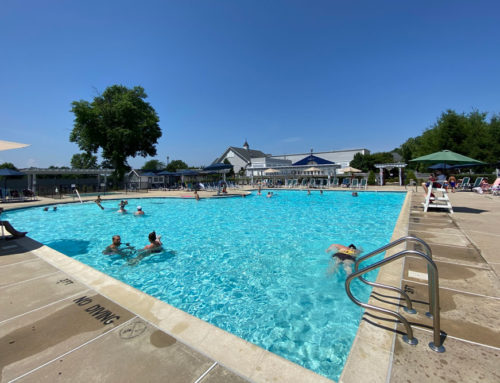The last thing on your mind during summer barbecues around the pool is winter, but the key to getting the most out of your pool in good weather is taking care of it when the temperature drops. Though winterizing your pool may seem like a complicated process, a few easy steps will protect your pool from anything Old Man Winter throws at it.
Closing your pool starts with adding the right chemicals. Specialized winterization solutions prevent the growth of harmful algae, even during the fall and spring. Without these cleaning agents, bacteria and other microorganisms are left to multiply, which can leave your pool discolored with an unpleasant odor. You should also remove any large debris like dirt, leaves and insects so they don’t have a chance to settle throughout the winter.
One of the biggest threats for any structure around your home during the winter is frozen pipes, and pools are no stranger to the treat of burst plumbing. Water expands when frozen, so any fluid left in your pool’s pipes, pumps or filters will cause serious damage. Flush and plug your pool’s plumbing system for complete protection.
The most viable part of the closing process is the pool cover. While you might use a cover every day in the summer, properly fastening and securing it is critical to keeping snow, ice and other debris out of the pool. You might also want to think about buying a cover made from sturdier materials than the standard lightweight summer variants.
Winterizing your pool can seem like a hassle, but it saves you time and money when you’re ready to open it back up for the summer. A little work now means much less later.






